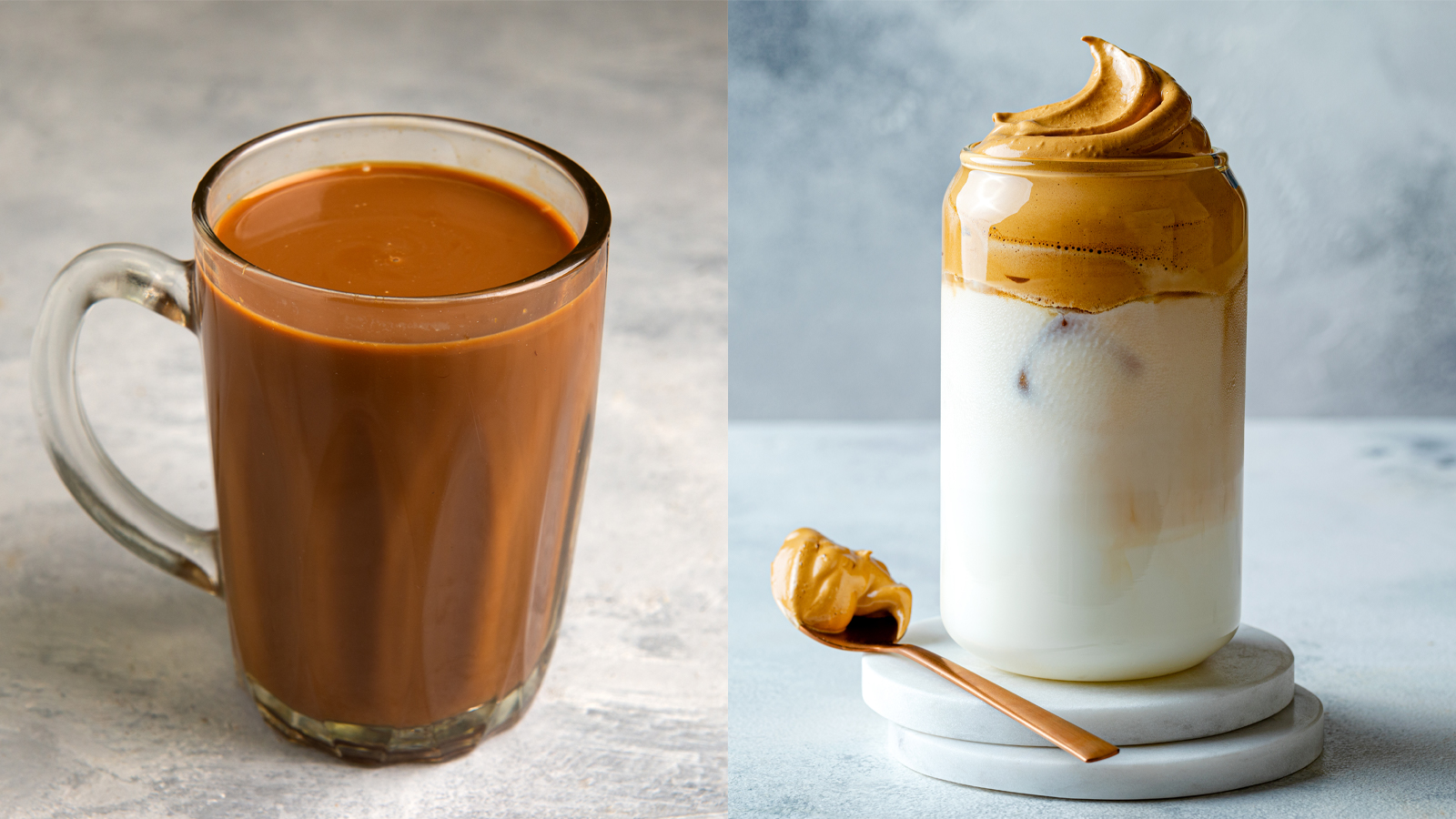These days, we have been spending weekends at home like most Singaporeans. So I decided to take the family out for a recent Sunday breakfast outing, served up with a dash of nostalgia.
When the kids asked what the Sunday funday surprise was, I told them it was a surprise, prompting an immediate Look from the Wife. Nevertheless, she got the kids up and ready by 8am.
Twenty minutes and a Spotify-fuelled drive later, we arrived at an HDB parking lot at North Bridge Road. My puzzled daughter asked if there was really a café there.
I smiled and said: “Just wait and see!”
We turned a corner and were greeted with a snaking queue of customers at a coffee shop. The kids and Wife paused and looked at me, but she caught on quickly and smiled. We settled the kids at a table waiting to leave.
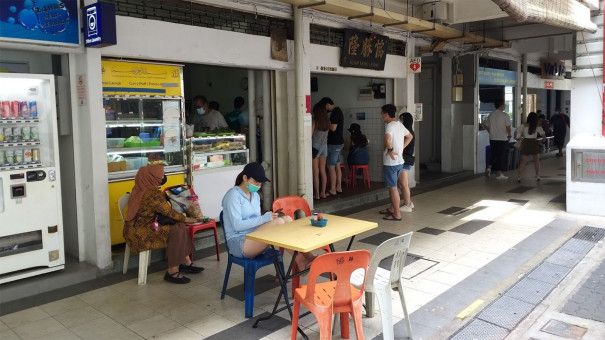
We were at Heap Seng Leong.
It’s a coffee shop in North Bridge Road that sells kaya butter bread toasted over a charcoal fire – and it’s as old school as it can get.
You will feel like you have travelled back in time to the ‘70s when you see the tables, chairs, tiles and décor. It’s famous for its traditional breakfast set with its kopi gu you, or “coffee butter” in Hokkien. Legend has it that it was introduced by Hainanese coffee shops in the 1930s, which added a slab of butter to coffee (with condensed milk) to give it a caramelised flavour and soften the harsh notes of coffee beans.
The man who makes the toast, Uncle Shi, is often seen in his white singlet and striped pajama pants. How old school is that!
While the family waited for seats, I queued for about 20 minutes to place my order. Yes, it is that popular. As I was queuing, I realised that contrary to what I’d expected (old uncles having their morning cuppa), most of the people in the queue were young Singaporeans. And almost half of them were taking photos of the place for their socials.
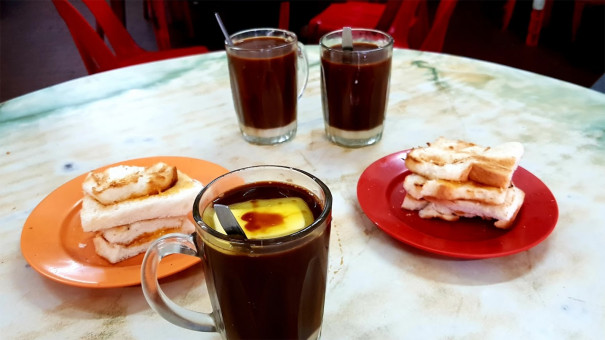
Breakfast was charcoal-toasted kaya bread, half-boiled eggs and of course kopi gu you for me and my wife and the kids got tea with condensed milk. My ever-efficient daughter said that we could actually have had that same breakfast at home. We would have saved on the trip here, she argued.
You’re right, I told her, But we wouldn’t have that ambience and Uncle Shi. And of course the charcoal-fired bread.
Tradition vs Modernity
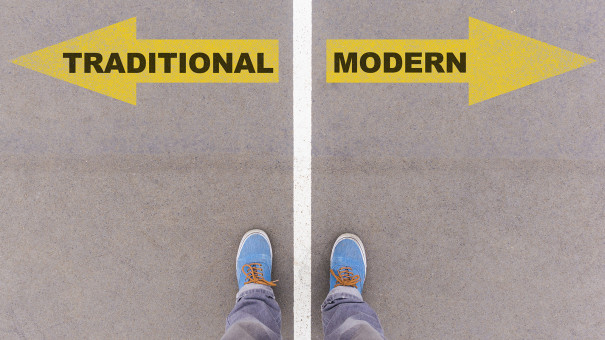
Nevertheless, what she said stuck with me as we finished up breakfast. How much should we be given to maintaining our traditions? Where is the line to draw between indulging the nostalgia of tradition and enjoying the efficiency of modernity?
Everyone has their own ideas of how the world should be. At times, we are influenced by trends.
I remember during the circuit breaker, when everyone stayed at home, everyone made stay-home coffee, Dalgona coffee. It was so trending, that even I had to try it, and on top of it’s said Insta-worthiness, it’s actually quite easy to make.
We have things that have been part of our culture for years, some going back to antiquity. These customs, beliefs and practices, passed down from generation to generation have become part of our traditions; they are supposed to keep us true to our origins and help us treasure our identity.
But what happens when our culture gets challenged by new ideas?
Old, it is often said, is gold – but should it always be in lieu of the new?
Often, people reject something out of hand simply because they aren’t willing to give it a try. It just doesn’t seem right to them, they say.
Change is good. The times, they are a-changin (with apologies to Bob Dylan), and we have to adapt. Refusing to change or even to see the change will deprive ourselves of the opportunity to make progress for our children, for mankind.
Science and technology has forced us into ways of living hitherto thought unimaginable. I grew up without a computer in my home, in a kampung that sometimes went without lights.

Today, iPads have become virtual pacifiers and they are everywhere. And I am still coming to terms with the relationship that my kids have with their iPads – I console myself with the knowledge that technology helps young children learn how to multitask more effectively.
Traditions need to be known and taught to our children. Our moral and ethical values are traditionally upheld and passed on within a family. Honesty, fidelity, respect, and kindness promote the sound functioning of the family and this in return, strengthens the fabric of our society.
It is a symbiotic relationship between tradition, which represents the past, and modernity, which reflects the future. Modernity has no foundation with the past, and tradition has no growth without the future.
Tradition and modernity can and must work together. We have seen this fusion notably in architecture and fashion. In Singapore, we have hawker centres in the CBD, modern foodcourts selling mee siam and char kway tiao and hipster cafes in the heartlands.
Everywhere we look, we see glimpses of our multiculturalism, all tossed into a rojak of traditionalism and modernity.
But how far does fusion go? When does rojak become rosak (Malay for broken)?
When culture clashes spill over
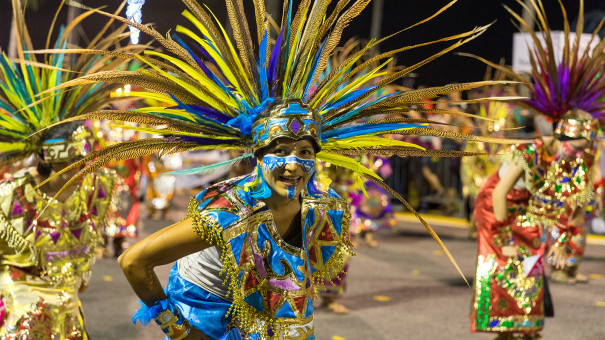
Recently, a dance troupe slated to perform for Chingay withdrew from the event after it was slammed online for being “inappropriate and disrespectful of tradition”.
In a video of the troupe’s preparation for the parade shared by Chinese-language daily Lianhe Zaobao in December, the dancers could be seen wearing tutus under their lion dance costumes.
A petition demanding the dance segment be dropped from this year’s Chingay event garnered over 1,200 signatures, with several people criticising it for being inappropriate and disrespectful of tradition.
I believe the performance – supposedly a 15 to 20 second combination of tap dance and lion dance – was meant to be an innovative mix of the traditional and modern. However, whoever choreographed it may have misjudged how far the boundary could be pushed.
That said, the way feedback was given was shameful. Cyber-bullying young performers just because you disagree on what their art should look like? How low can netizens go?
Personal attacks on the people involved, some of whom are as young as 14, cannot be condoned. That is not consistent with the kind, gracious and inclusive society that we all want to create.
Sadly, these performers never got to perform in the end. But how could they have done this “correctly”?
Blending new and old in a cultural melting pot
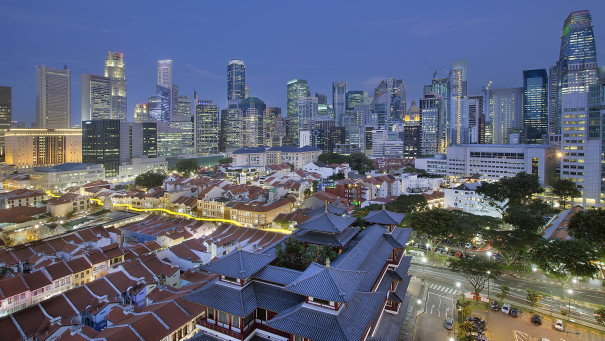
Some have said that to create something new, we must break loose from the chains of tradition. I disagree. Change, whether it is by slivers or by slices, must still respect its base material.
Modernisation or evolution may comply with or compete against its starting traditions, but it can never ignore it.
Thus, development should be creative and based on acknowledging the traditional and where possible, in consultation with the appropriate stakeholders.
I hope tradition and modernity does not become a zero-sum game. We should not look at it as if it is a sliding scale with Peranakan shophouses and kopi gu you on one end and swanky CBD penthouses and dalgona coffee on the other.
It should coexist, and find a new identity in that fusion – the whole being greater than the sum of its parts.
So my kids may prefer their bubble teas and turn their noses up at the butter floating in my drink, but they cannot deny the importance of knowing where they came from. And where Singapore started.
That was the most important takeaway from that Sunday outing: Knowing the importance of tradition but still embracing change.
I like kopi gu you but I wouldn’t mind a sip of dalgona either.
If you like what you read, follow us on Twitter and Google News to get the latest updates.
